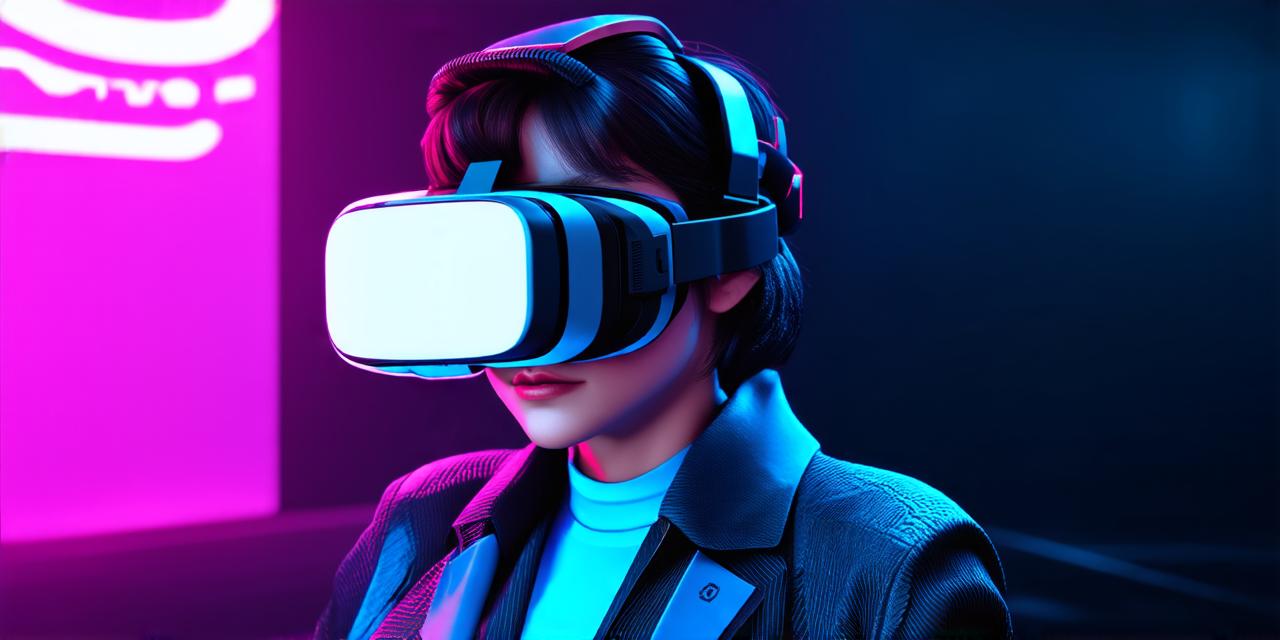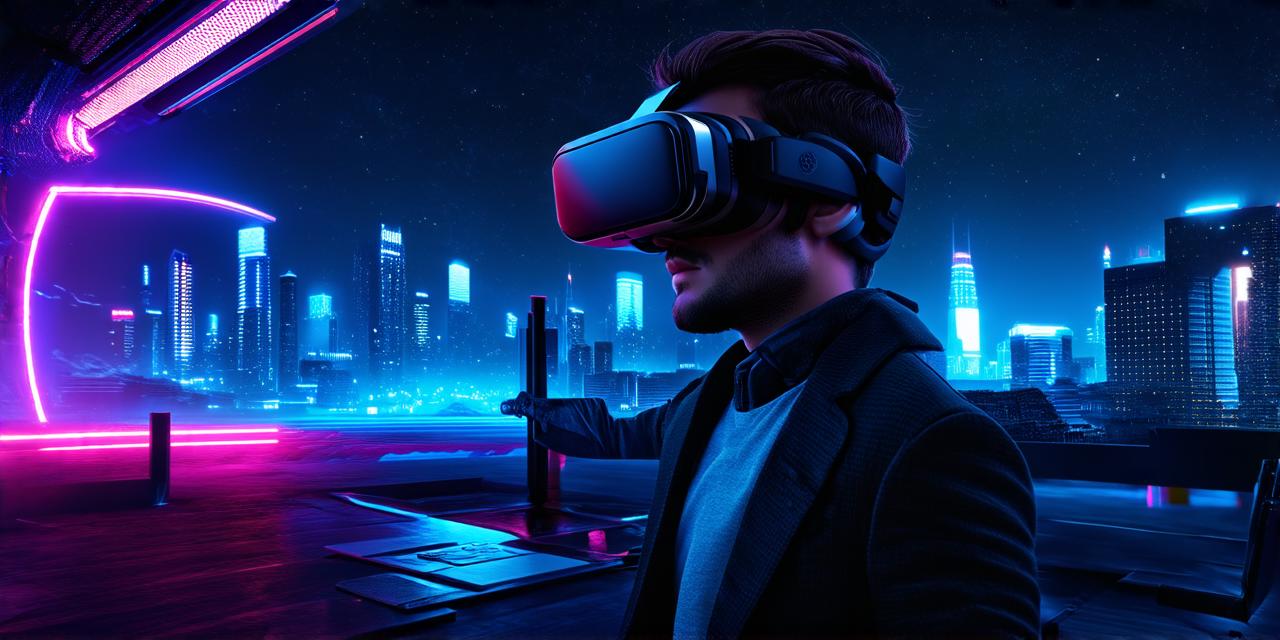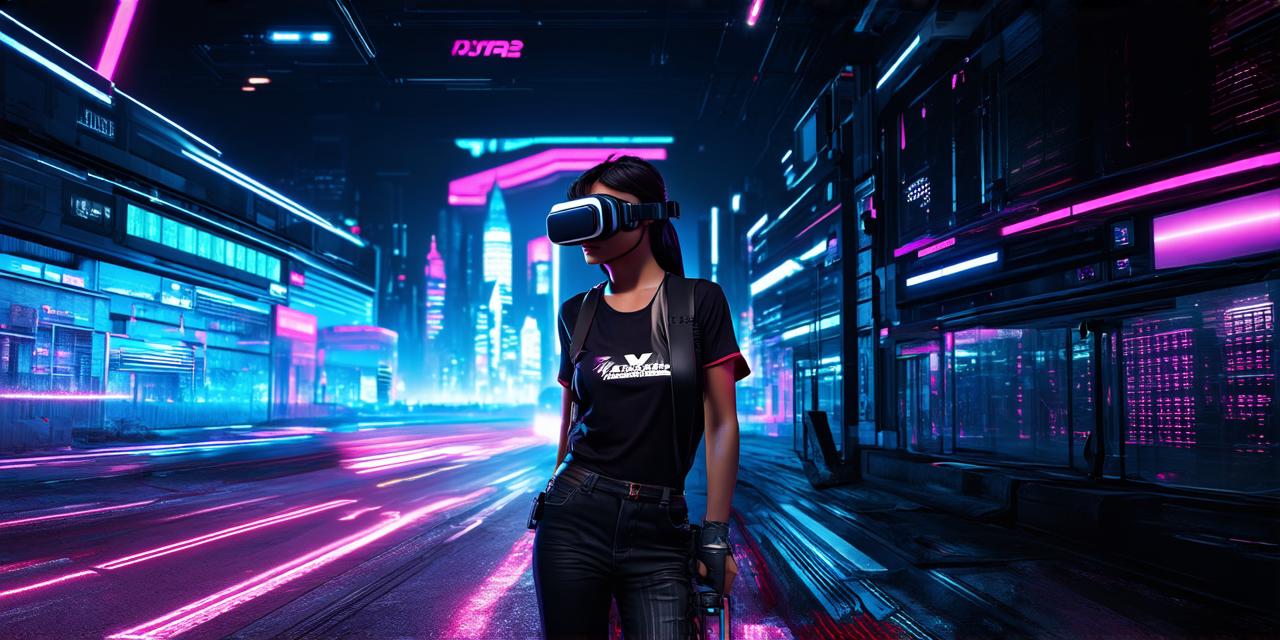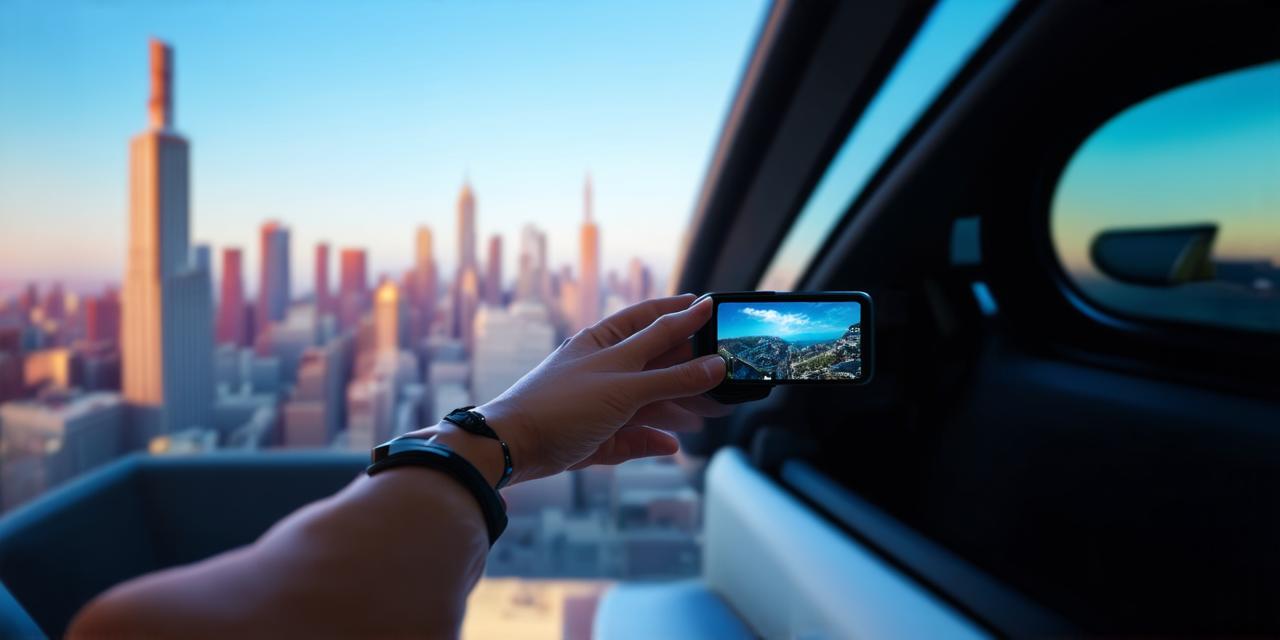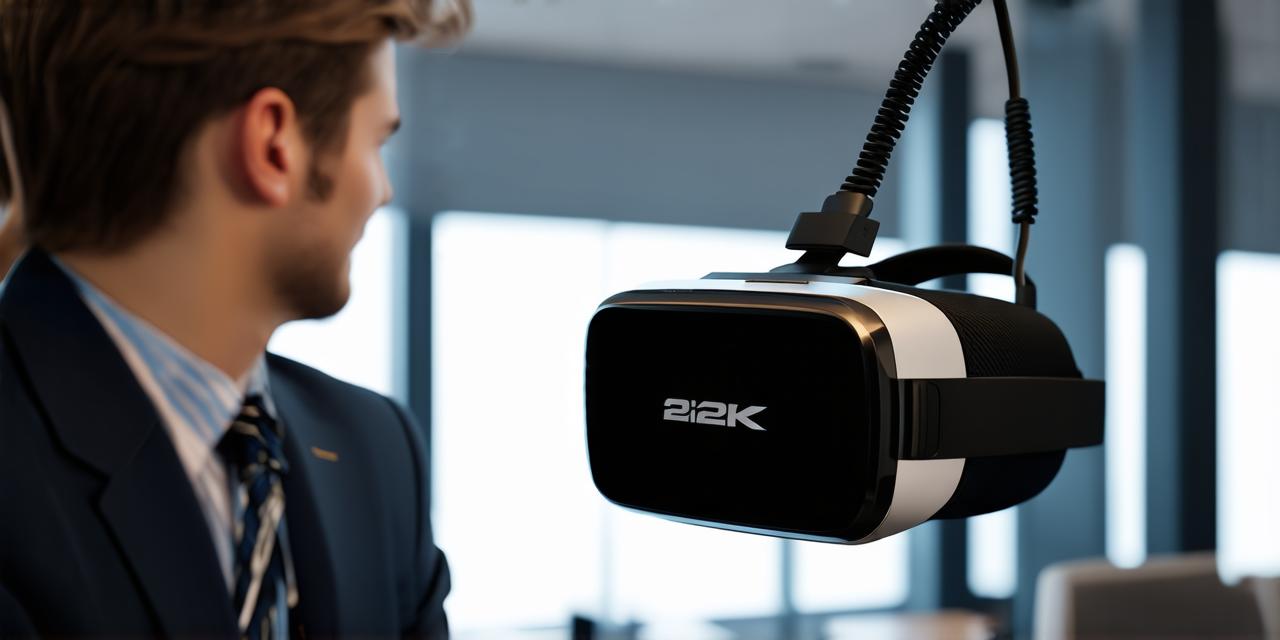Virtual reality (VR) is an immersive technology that allows users to experience and interact with digital environments in a way that feels real. In VR, users wear special headsets or goggles that track their movements and provide visual and audio cues that create the illusion of being in a different world.
One of the key benefits of VR is its ability to provide a highly engaging and interactive experience for users. By placing them in a virtual environment, VR can help users to learn new skills, explore new ideas, and have fun in a way that traditional media cannot.
But what exactly does virtual reality refer to? In this guide, we will explore the basics of VR technology and how it works, as well as some of the key applications of VR in various industries.
What Is Virtual Reality Technology?
Virtual reality technology is made up of several components that work together to create an immersive experience for the user. These include:
- Head-mounted displays (HMDs): These are specialized headsets or goggles that track the user’s movements and provide visual cues that create the illusion of being in a different world. HMDs typically include screens that display stereoscopic images, which give the user the impression of seeing depth.
- Motion tracking: VR systems use sensors to track the user’s movements, including their head, arms, and hands. This information is used to update the visual cues in real-time, creating a seamless and immersive experience for the user.
- Controllers: These are devices that allow users to interact with virtual objects in the environment. Controllers can be handheld or attached to the user’s body, and they typically include buttons and sensors that allow the user to perform actions such as pointing, grabbing, and moving objects.
- Content creation tools: VR content is created using specialized software and hardware tools that allow developers to create immersive environments, characters, and objects. These tools can be used to create experiences in a wide range of industries, including gaming, education, and healthcare.
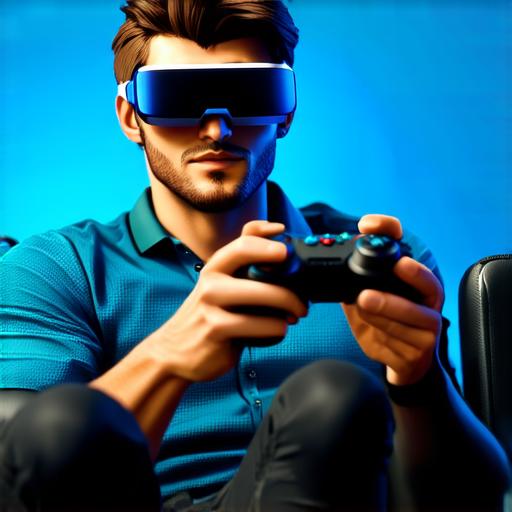
How Does Virtual Reality Work?
Virtual reality works by presenting the user with visual and audio cues that create the illusion of being in a different world. This is achieved through several techniques, including:
- Stereoscopic displays: These are displays that use two separate images to create depth perception. When viewed through specialized glasses or headsets, these images combine to create a three-dimensional image that appears to be in the distance.
- 3D modeling and animation: VR experiences are created using 3D modeling and animation software, which allows developers to create immersive environments, characters, and objects that appear to be in three dimensions.
- Spatial audio: Audio in a VR experience is positioned in space, allowing the user to hear sounds coming from different directions and distances. This helps to create a more realistic and immersive experience for the user.
- Motion tracking: As mentioned earlier, VR systems use sensors to track the user’s movements. This information is used to update the visual cues in real-time, creating a seamless and immersive experience for the user.
Applications of Virtual Reality
Virtual reality technology has many applications across a wide range of industries, including:
- Gaming: VR gaming allows users to experience games in an entirely new way, by placing them in the middle of the action. This can create a more engaging and immersive experience for the user, as they are able to interact with the game environment in a way that was not possible before.
- Education: VR technology has many applications in education, including virtual field trips, simulations, and interactive learning experiences. By providing students with immersive environments that allow them to explore new concepts and ideas, VR can help to improve learning outcomes and make the educational experience more engaging.
